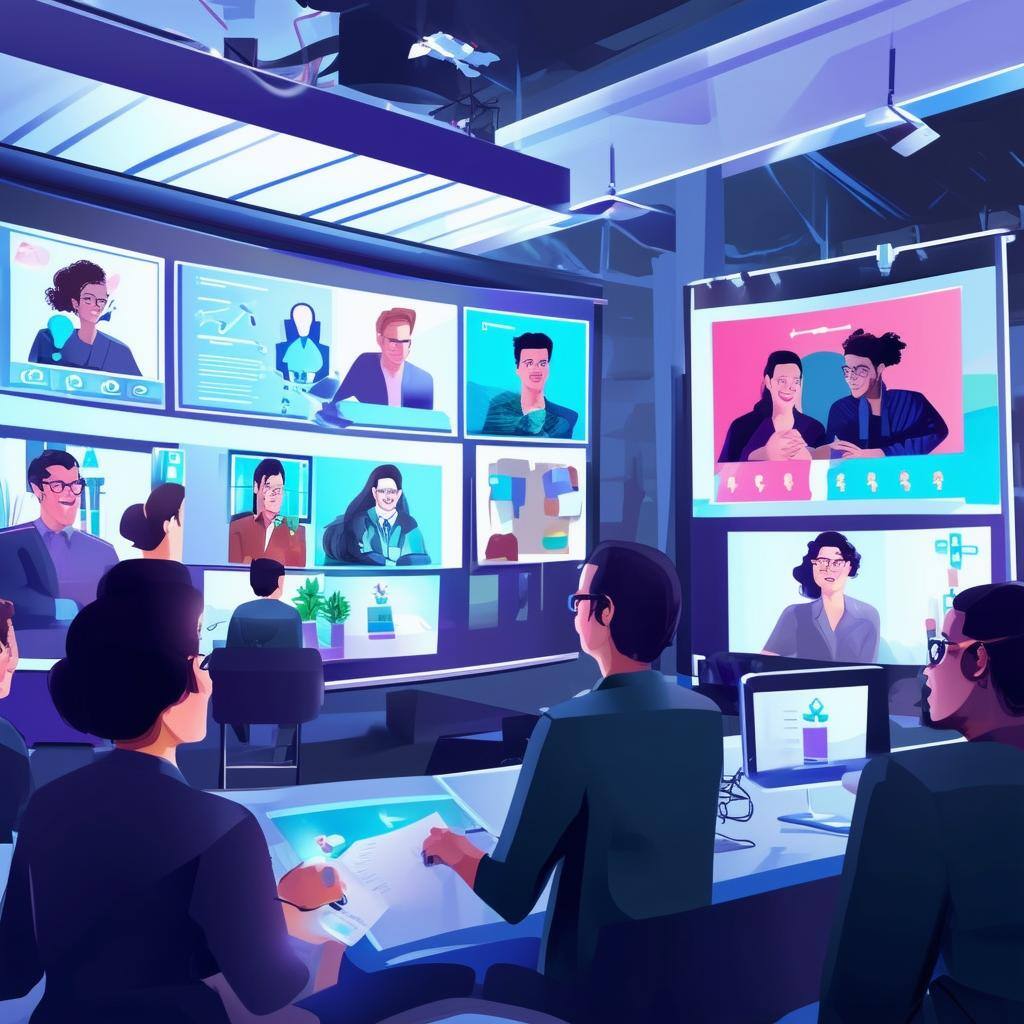How To Evolve Your B2B Marketing in an Ever-Changing Digital World
As the world settles after years of disruption, the importance of technology use in our daily lives has never been more front and center. Work still has to get done, goals need to be met, and entertainment must be shared and enjoyed.
If one thing has become clear, it’s the steadiness of digital channels. Now, more than ever, B2B companies are feeling a sense of urgency to improve and deepen the relationship between their digital channels and lead generation.
Let’s explore 3 ways to evolve your B2B digital marketing to keep up with the changing business landscape, and questions to ask as your company relies more on digital to generate not just demand, but revenue.
1. Humanize your messages to redefine your value and partnership.
Why does humanizing your messages matter? For one, infusing your messaging with a human brand voice ultimately impacts business growth. Humans are emotional beings, and your brand voice is one of your most powerful tools for invoking specific feelings and impressions about your company within your audience.
And two, buyer journeys typically are complex, with plenty of chances to either lose prospects or win them over. By shifting from B2B messaging to human-to-human (H2H) messaging, you’ll take every opportunity available to forge deeper connections with prospects and create value and trust in your product or service.
Focus on what matters most — the why behind your company and the who behind the people you serve. Revisit your customer research and ask these simple questions:
- How do you know if your brand messaging is resonating with your customers and prospects?
- What part of your communication and marketing strategies can be improved?
- Which obstacles and opportunities are new, and how are they being addressed?
2. Embrace new virtual realities.
Over the course of the past few months, hundreds of live events in the U.S. and globally were canceled or postponed across all industries. Cancellations and postponements happened fast, and it’s uncertain when many live events will ever return. While we are losing face-to-face, in-person interactions, we are gaining the chance to build strong customer relationships digitally. The key is to develop new digital strategies to turn lost opportunities from live events to measurable company growth from online marketing and digital content.
Video, in particular, is allowing B2B brands to interact with customers and prospects in a more engaging way. The demand for live streaming events and video content will surge as 80% of brand audiences would rather watch live video than read a blog, and 82% prefer live video than social posts.
Companies that are quickly adapting to the new event landscape are shifting their event strategies from participating in live events to hosting and attending virtual events through the use of video content. To gain an edge over competitors who are slow to react, first start by reviewing your digital marketing strategy and answering these questions:
- How is your marketing team structured, and is it equipped to manage and maintain video-related content?
- Which digital channels perform best for your organization, and where are your gaps?
- How much more of your marketing budget can be shifted to digital channels
3. Use your website for lead generation.
Having a strong online presence is essential for building trust and positioning your brand against competitors, and your company’s website is one of the primary places prospects will gauge how well you understand them. Your website is more than just a series of pages about products and services and pricing information — it should be part of a strategic approach to generating leads. After all, companies that follow up with web leads within five minutes are 9x more likely to convert them.
Turning website visitors into leads means making sure that website landing pages are built with intent. Website copy should provoke action by giving just enough information about how your company solves customer challenges, inspiring visitors to say, “This is what I’ve been searching for. I want to learn more!” This also means that calls-to-action need to be extremely clear so that visitors know what actions you want them to take next.
Starting with the homepage and other key pages, assess your website by asking these questions to better understand gaps and opportunities to improve your website:
- Does your homepage reflect the character of your company and who you’re selling to?
- Are your calls-to-action clear, and do your landing pages follow best practices, such as emphasizing key information about the benefits of taking the desired action?
- What tracking tools and reporting have you implemented, and does the data tell you what you want to know about visitors?
Digital marketing will continue to evolve as customer and industry demands change. Working with the right partners and team like Unreal Digital Group can help you better navigate your ever-growing and changing digital business environment.
Contact us if you have any questions or would like to learn about more ways to improve your B2B marketing. And, be sure to follow us on LinkedIn and Facebook so you don’t miss out on additional strategies and insights.


